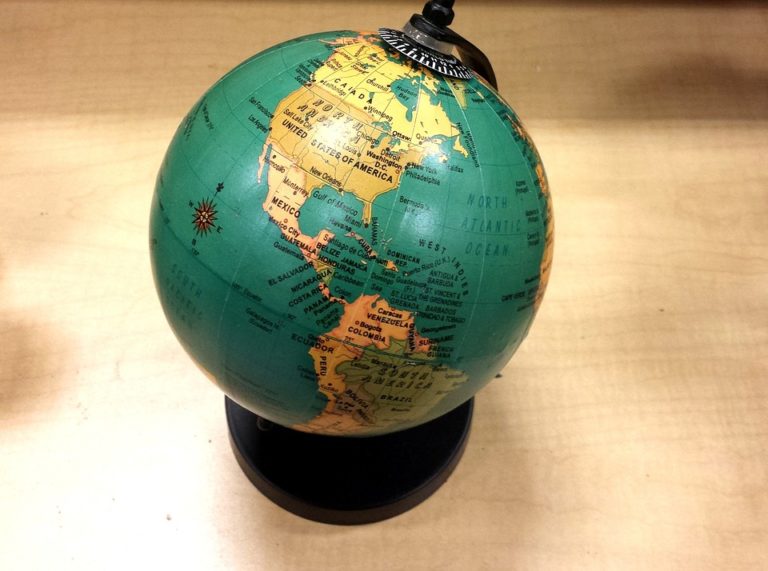If you are going to manufacture your products in Asia, you need to register your brand name and your logo as a trademark in whatever Asian country you are doing your manufacturing. And as we have been saying for years and years, there are no ifs ands or buts about this.
But in addition to the need for trademarks in the country in which you are having your products made, nearly all companies that contact us should seek to secure U.S. and oftentimes Canada and Mexico trademarks as well. Far too often our U.S. clients wrongly believe their U.S. trademarks protect them in Canada and far too often our Canadian clients wrongly believe their Canadian trademarks protect them in the United States. The United States and Canada have separate and different trademark regimes and if you want strong trademark protection in both you should register in both. The same is true of Mexico.
A Canadian trademark cannot even be used as the basis for obtaining a trademark registration in the U.S.. To obtain a trademark in the U.S., the applicant must make actual use of that mark in U.S. commerce. A Canadian applicant can also file a federal trademark application on an intent-to-use basis if they have a bona fide intent to sell their goods in the United States. The same holds true for Mexico.
When applying for a trademark in another country, regardless of your country of origin, it is important to perform a clearance search on your mark to make sure the mark is available in the new country. Just because a mark is available in Canada or in Mexico, doesn’t mean the same mark will be available in the United States, or vice-versa. And even if there are no similar marks registered with the United States Patent and Trademark Office (USPTO), it is also important to perform a clearance search to determine whether there are any conflicting state trademark registrations, or any companies with superior common law rights in your mark. This means that if you know you will be operating in both Canada and in the United States or in both Mexico and the United State, you should choose a brand name you know you can register as a trademark in both countries.
Another important thing to note is that filing fees are structured differently in the U.S. than in Canada. In Canada, there is one fixed fee for any trademark application, and that fee is relatively low. In the United States, the fee will depend on the number of classes of goods and/or services the application covers. Mexico is more like the United States than Canada on this.
Canada does not require a specimen of use for trademark registration or renewal purposes, but the U.S. requires a specimen be filed with every trademark application based on actual use. This specimen must show how the trademark is being used on the relevant goods and/or services, and may include packaging, labeling, or samples of advertising of services such as brochures or signage. Again, Mexico is more like the United States than Canada on this.
And finally, whereas Canada has only a single trademark register, the U.S. has what are referred to as both a “principal register” and a “supplemental register.” The supplemental register provides limited protection for certain marks that do not qualify for registration on the principal register due to, for example, mere descriptiveness. Registration on the supplemental register is limited to marks that are already in use in the U.S.. The supplemental register offers benefits to marks deemed descriptive, including the ability to use the ® symbol. It also may be used to prove exclusive use of the mark for a five-year period, which is one of the requirements for proving distinctiveness in order to transfer the mark to the principal register.
With these significant differences between Canadian and U.S. and Mexico trademark law, it is important to consult with experienced international trademark counsel when pursuing trademark applications in both countries. And if your company is considering doing cross-border work, it’s important to explore whether your trademark rights can be utilized sooner rather than later.
And just as is the case for Canada and the United States and Mexico, if you are going to be selling your products in the European Union (or Australia or Japan or Korea or wherever) you need to account for that both in choosing your brand name and in your trademark registrations.
Bottom Line: If you are going to be manufacturing your product in China and selling it in the United States, you are going to want to register your brand name and/or your product name and/or your logo in both countries. But do not forget to look at trademark registrations in any additional countries in which you will be selling your product as well, including Canada and Mexico.

























